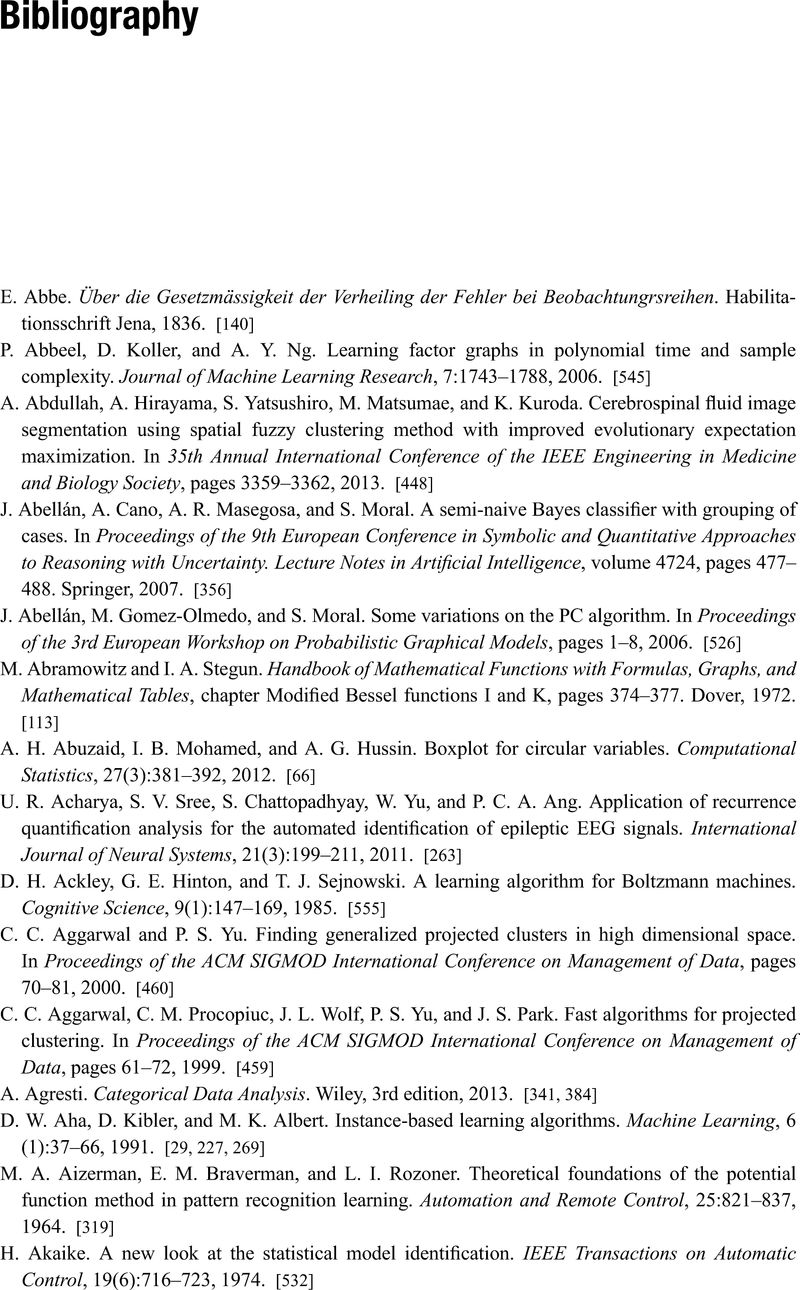Bibliography
Published online by Cambridge University Press: 05 November 2020
Summary

- Type
- Chapter
- Information
- Data-Driven Computational NeuroscienceMachine Learning and Statistical Models, pp. 613 - 678Publisher: Cambridge University PressPrint publication year: 2020



